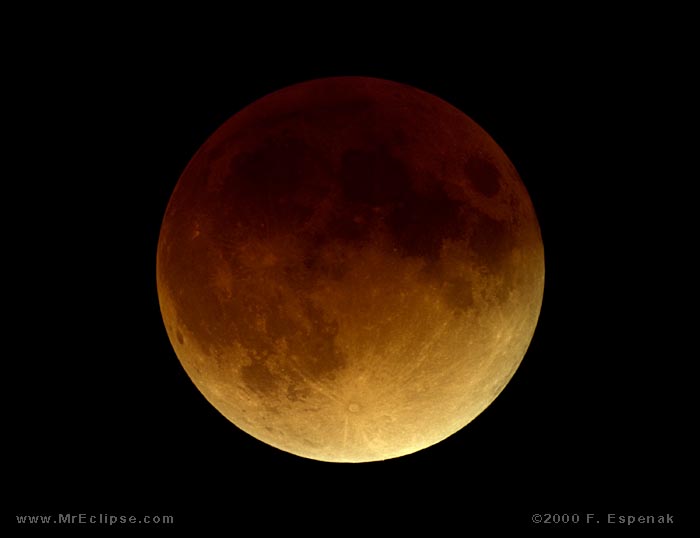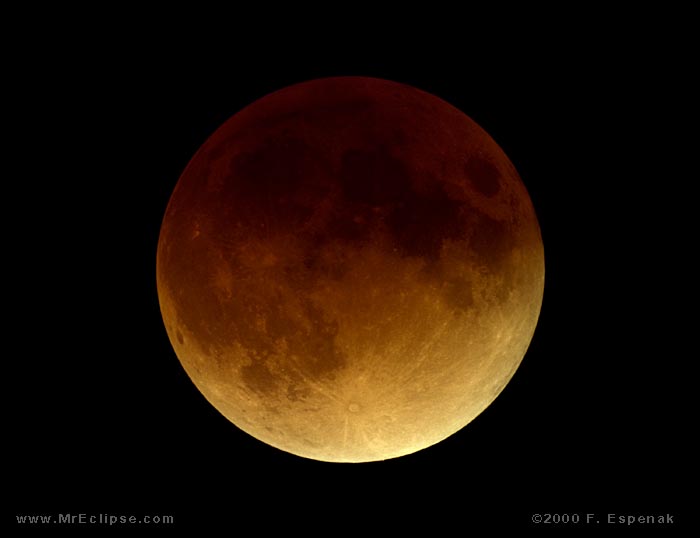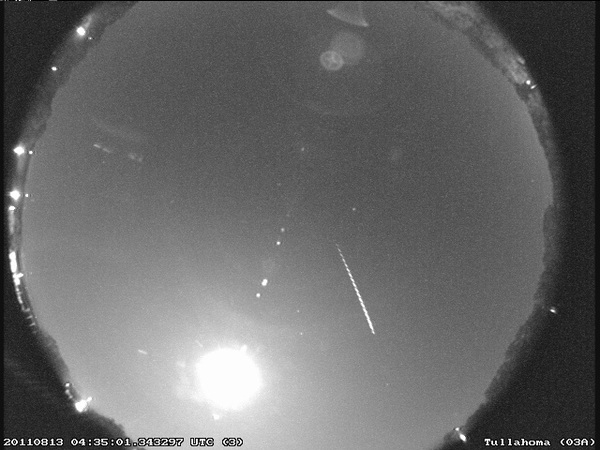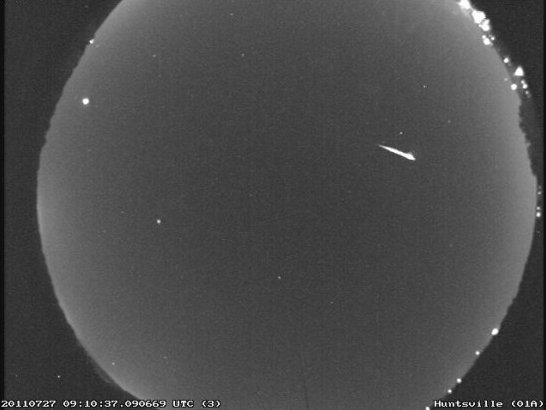Spring is here and ready to capture the world’s attention with a total lunar eclipse. The eclipse will begin early on the morning of April 15 at approximately 2 a.m. EDT. If you have questions about the eclipse, this will be your chance!
NASA will host two events for NASA moon experts to answer your questions. On Monday, April 14 from 2-3 p.m. EDT, NASA planetary scientist Renee Weber will take your questions via a Reddit AMA (Ask Me Anything). The Reddit page will be live on April 14 at approximately 1:45 p.m. EDT.
NASA astronomer Mitzi Adams and astrophysicist Alphonse Sterling will also answer questions in a live web chat, beginning on April 15 at 1 a.m. EDT and continuing through the end of the eclipse (approximately 5 a.m. EDT). The chat module will go live on this page at approximately 12:45 a.m. EDT.




